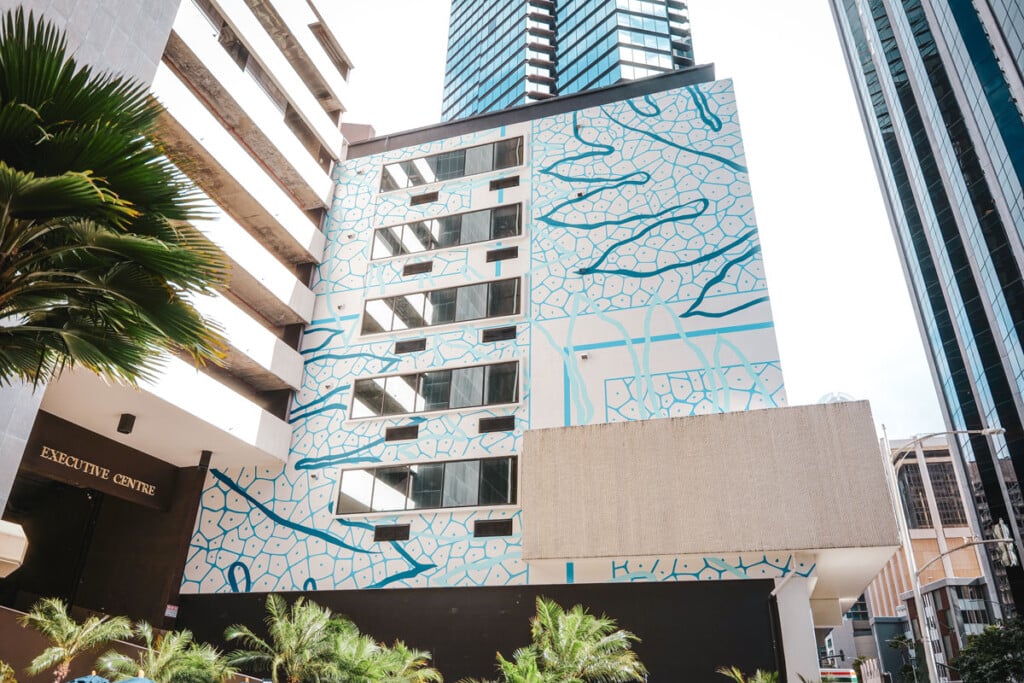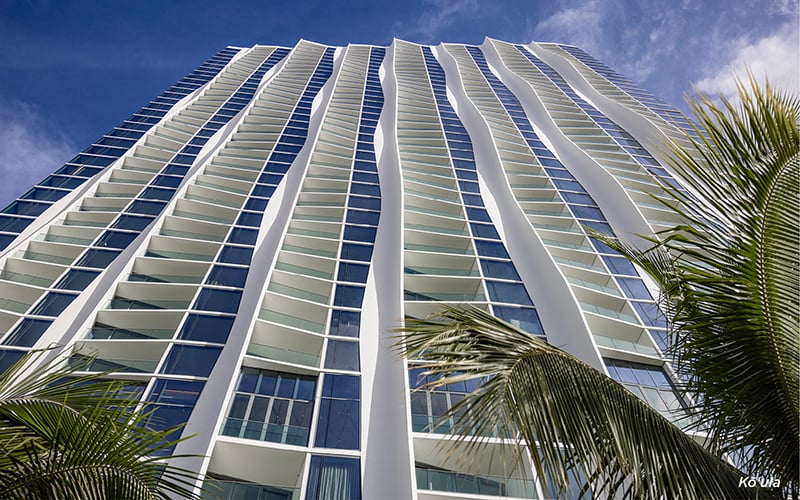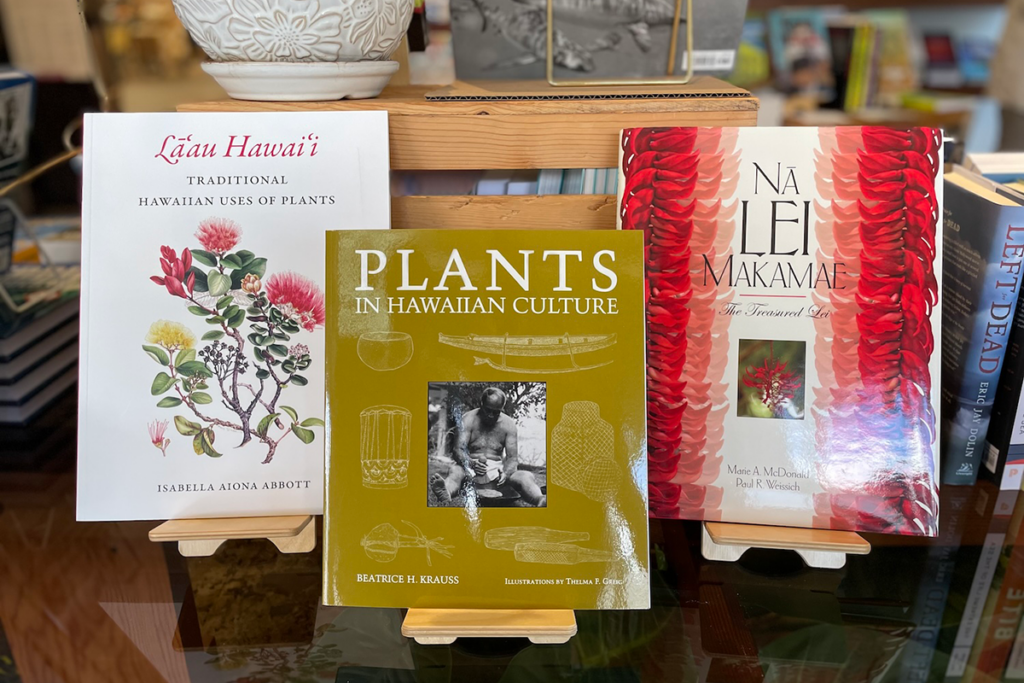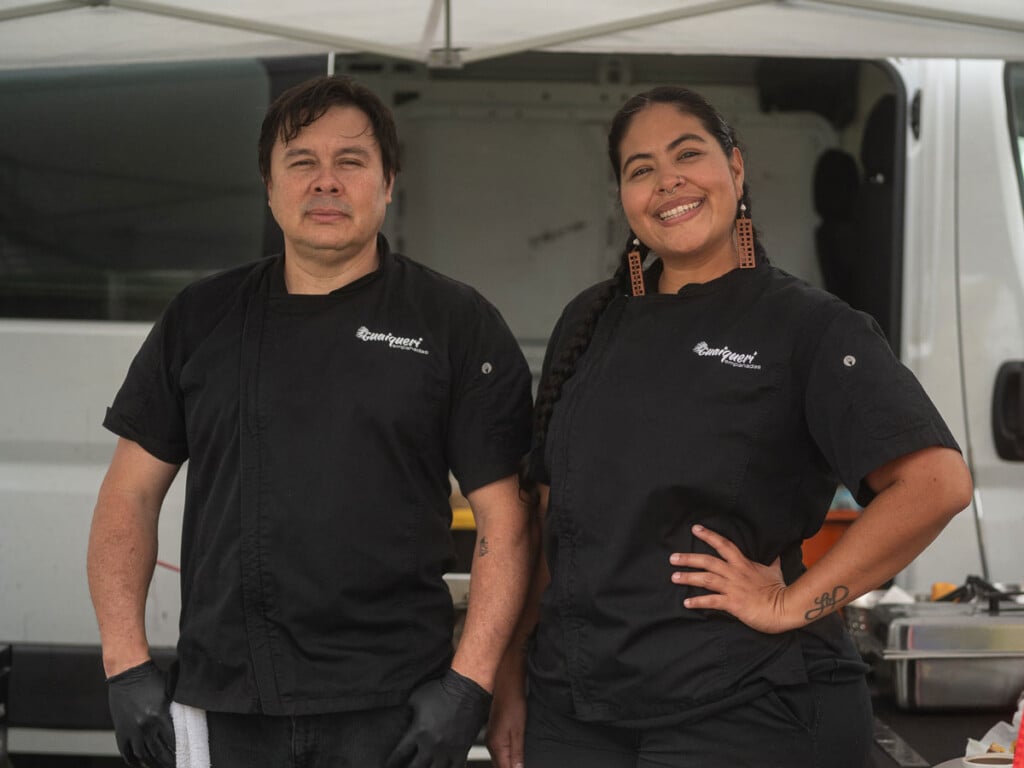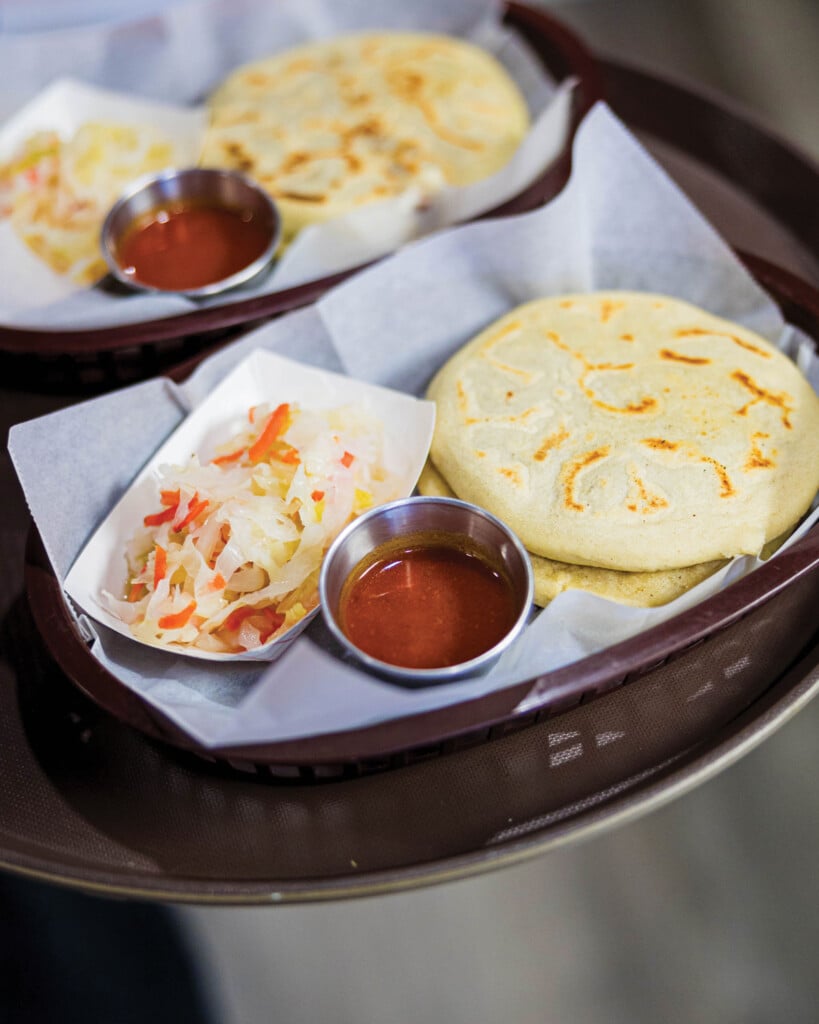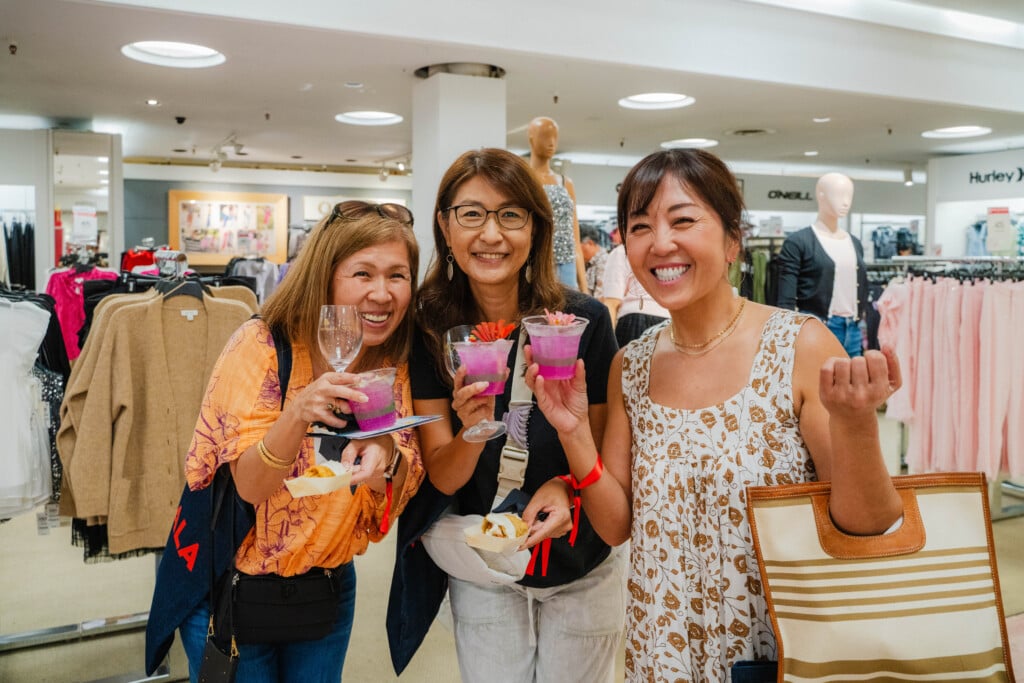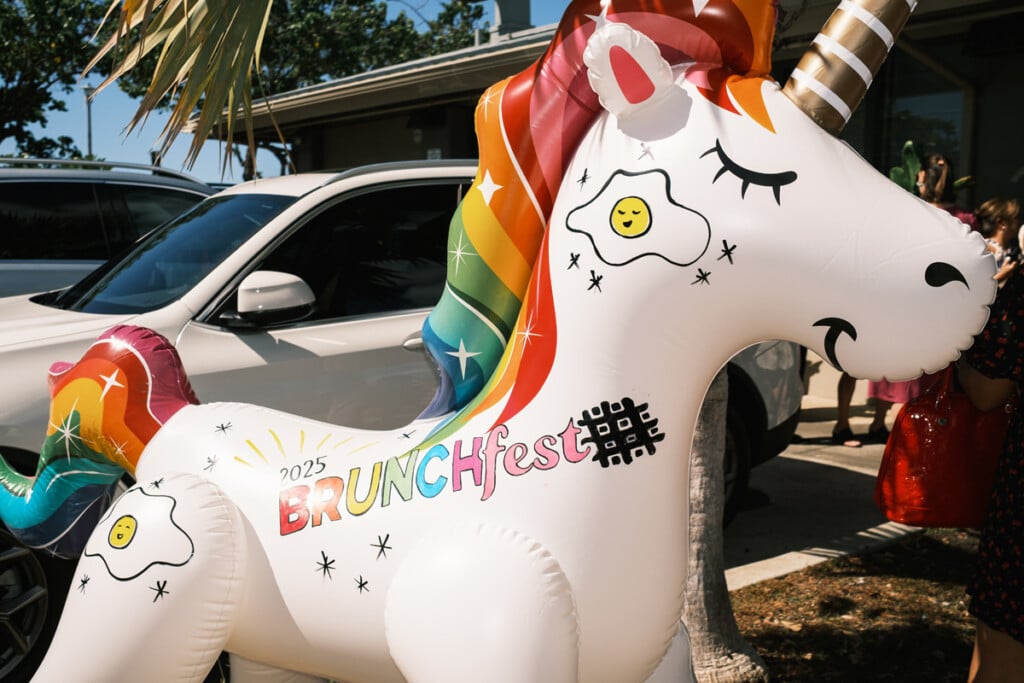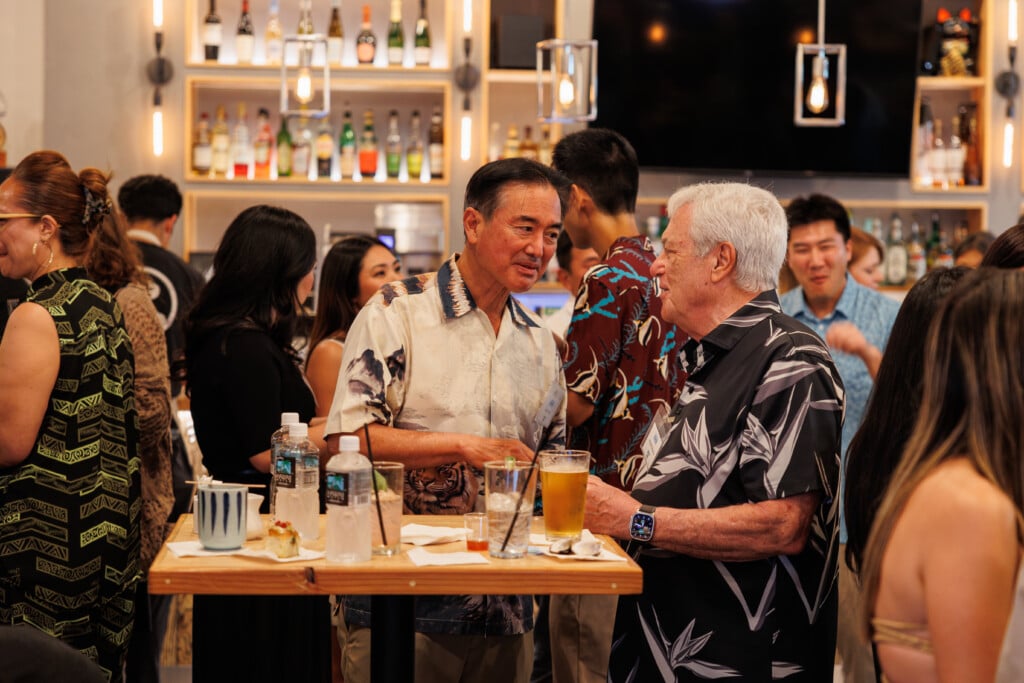On the Rise: Two New Affordable Rental Communities in Central O‘ahu
Aloha Iā Halewilikō and Hālawa View II are set to open in 2025.

Photo: Courtesy of EAH Housing
Unlike urban Honolulu, new developments are few and far between in Central O‘ahu. So, when a fresh build hits the skyline, we take notice.
Seated on the 3.45-acre site of the former ‘Aiea Sugar Mill, Aloha Iā Halewilikō is a $62 million project from nonprofit developer EAH Housing, planned for completion in October. An affordable rental community for seniors age 62 and older, the three-story building includes 83 studios and 56 one-bedroom apartments; some of those units will be designated for households at or below 30%, 50% and 60% of the area median income. Along with elevator service, a multipurpose room, tech lounge and fitness room, Aloha Iā Halewilikō will also feature outdoor gathering spaces, gardens and a dog park. An on-site resource coordinator will facilitate gatherings, educational courses, wellness activities and health care services. EAH is also partnering with Lanakila Pacific to provide meal distribution.
SEE ALSO: O‘ahu’s Great Neighborhoods

Photo: Courtesy of EAH Housing
Taking shape on a 3.11-acre site in lower Hālawa, across the highway from the USS Arizona Memorial, the $168.1 million Hālawa View II development is slated for completion this summer. Born from a partnership between the state of Hawai‘i, the City and County of Honolulu and California-based Pacific Development Group, the 18-story, 302-unit building will offer one-, two- and four-bedroom rental units.
The new build is phase two of the Hālawa View Apartments project. In phase one, a 1970s Hālawa high-rise was remodeled in 2014; it’s easily recognizable for its 14-story mural by local artist Kamea Hadar. Along with barbecue and picnic areas, amenities will include a fitness center, sky lounge, study lounge and kids club. Select units will be reserved for households earning up to 30%, 40%, 50% and 60% of the area median income, with five units designated for chronically homeless individuals or those receiving public support services.
pacificdg.com, @pacificdevgroup
